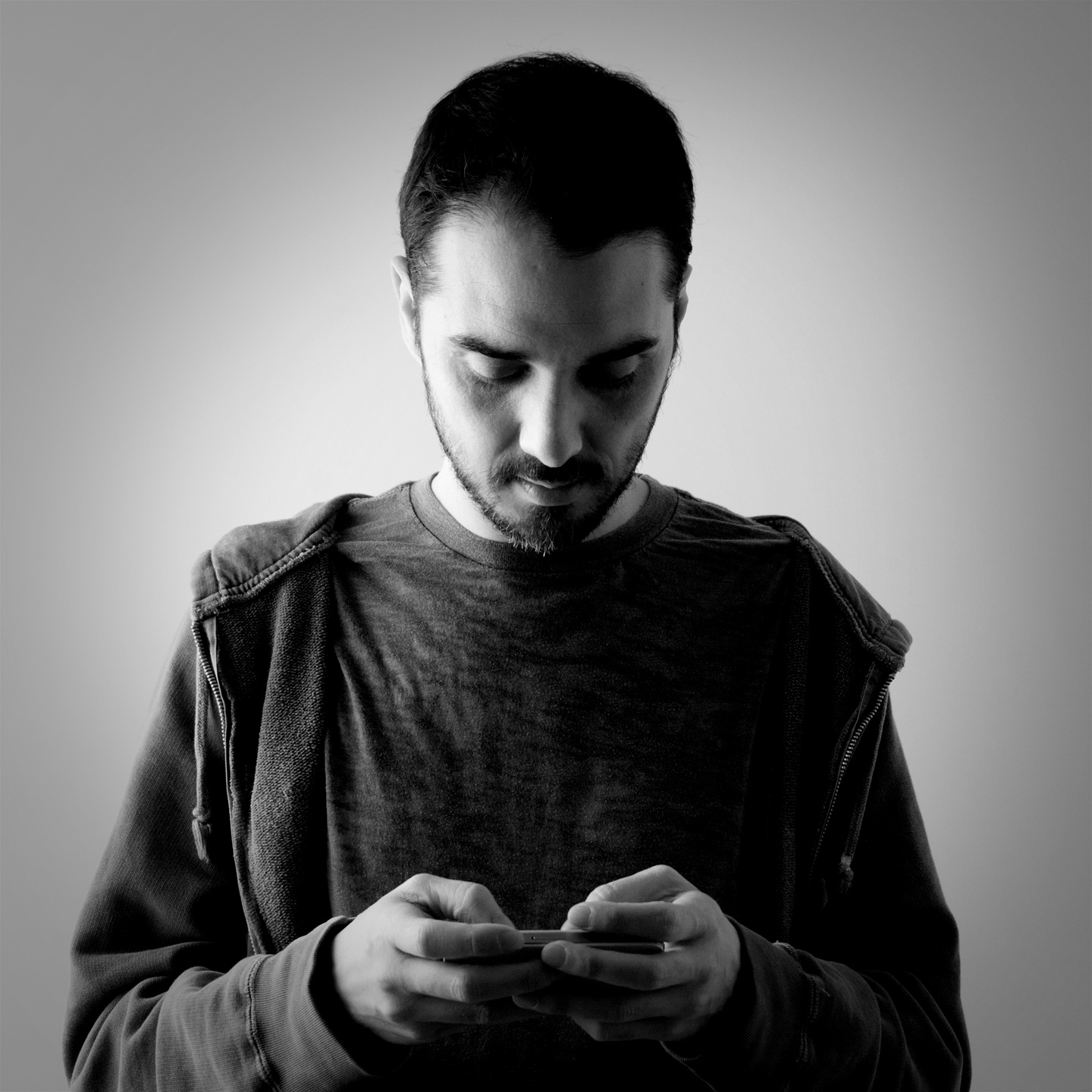Portraits, Downtown L.A. 2011-2015 I hardly ever use a camera’s built-in light meter. I use the method passed on to me by my employer, when I was a young photographic assistant aged 18; I lick my thumb and hold it in the air, then I take a wild guess at the correct exposure. It works every time, especially after the first few thousand tries. So, is a ‘good’ or ‘important’ photograph one that is well-exposed? Almost certainly not. The Buddha, though not a photographer, set out on his journey with one objective: to relieve suffering. My father told me when I was very young, “I think the point of life is to be happy,” which I think amounts to much the same. Does a ‘good’ photograph make us happy? Again, not necessarily. I like to think that a picture that tells a story, or reveals a truth or beauty, is good. So, why ‘Plain Food Society?’
Sir Christopher Wren was a giant in his own lifetime, but like every man, he had to eat food. Wren started a dinner club for himself and his friends. He called it, ‘The Plain Food Society.’ We only know that, ‘the club was started as a reaction to the many heavily flavored foods and their sauces that were becoming popular in England, influenced by the cuisine of France.’ His issue with these particular foods is unclear. Perhaps it was just a tongue-in-cheek reference of other societies at the time. Almost 40 years later, in my own home town of Great Barr, the Lunar Society of Birmingham was formed, which counted Erasmus Darwin (Charles Darwin’s grandfather) and (in a spectacular example of historic social networking) Benjamin Franklin among its members.
“Fraudulent food tastes sweet upon the lips, but turns into gravel in the mouth.” This line from Proverbs would suggest that people have been complaining about falsely flavored foods for at thousands of years, and almost certainly longer. It’s literally, an age-old problem. This biblical statement, perhaps more so than others, is open to some interpretation. Either nature could be perpetrating the food fraud; or else it could be committed by another person by way of cleverness, and motivated by profit, using spices or textures that excite the palate, but which don’t nourish the body.
Another interpretation is this: ‘Food obtained by fraud tastes sweet, but turns into gravel in the mouth.’ That is, stolen (but otherwise nourishing) food comes with unexpected and undesirable consequences. All of the above could be true. Proverbs is one of the most practical chapters of one of the greatest repositories of wisdom in all of human history. A message so simple as, “Don’t steal food,” seems less likely. It seems more likely that the statement is referring to our susceptibility to fraud via the taste-buds, whether that fraud is perpetrated by man, or by nature.
The food pyramid might be our first go-to reference. However the typical Inuit or Mongolian diet is an inverted version of this, and yet both groups are well known for being healthy and vigorous, in contrast to the western world. Fruit and vegetables are rare or entirely unavailable for them, so to call them essential would fly in the face of logic. Certain truths are self-evident. We need air. We need water. There may be some things that we need, and don’t need, that we are not aware of. Once upon a time, we as a culture, believed that the body needed only protein, carbohydrates and fat. Later, we found out that there are other trace substances in food that we also need, which we called vitamins. Is that really the end of the story?
In other parts of the world, there are people who live on fruit. There are people who live on vegetables. Rice. Trash. Alcohol. Some of these people are also very healthy, sometimes against all odds. Some people, perhaps tricksters or illusionists, have said that they can live on sunlight alone. There are so many of us in the world that it’s not that unreasonable to think that somebody, somewhere, can photosynthesize. Stranger things have happened. One man’s meat might be another man’s poison. In theory, we didn’t start off with eyes, ears, noses, hands, and speech. We picked these up along the way; fortunate mutations that worked out nicely.
This scientific method is age-old: presume nothing whatsoever; hypothesis, experiments, and observation, testing all the variables in isolation. The Buddha said, “Do not believe in anything simply because you have heard it. Do not believe in anything simply because it is spoken and rumored by many. Do not believe in anything simply because it is found written in your religious books. Do not believe in anything merely on the authority of your teachers and elders. Do not believe in traditions because they have been handed down for many generations. But after observation and analysis, when you find that anything agrees with reason and is conducive to the good and benefit of one and all, then accept it and live up to it.” |




 Jorge. No makeup, no
photoshop.
Jorge. No makeup, no
photoshop. 




